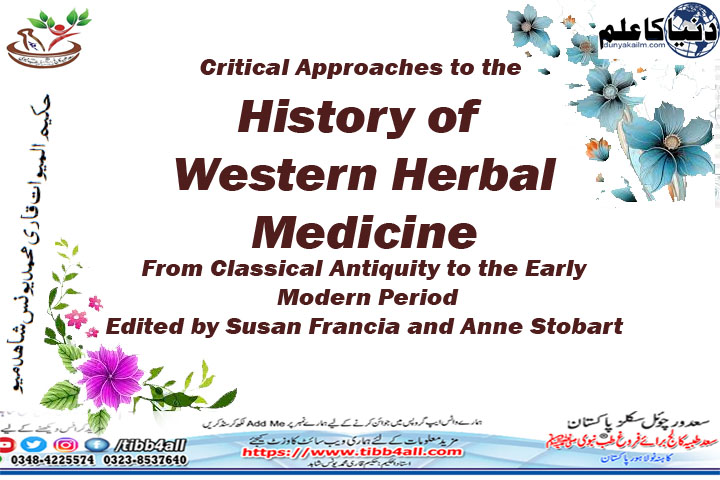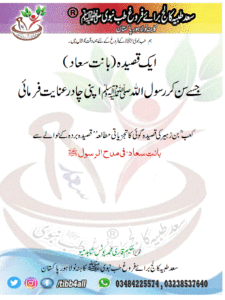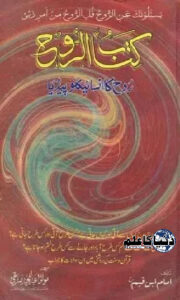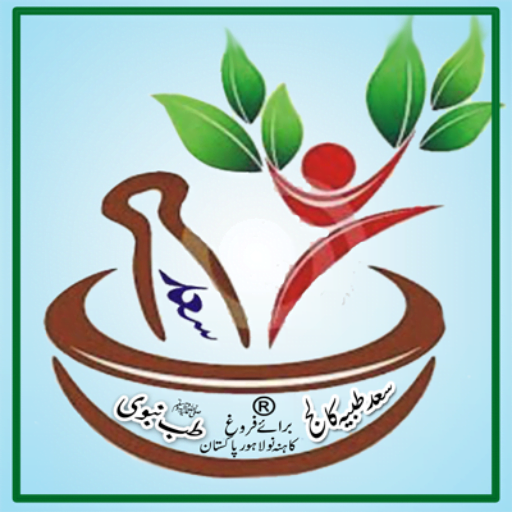History of Western Herbal Medicine
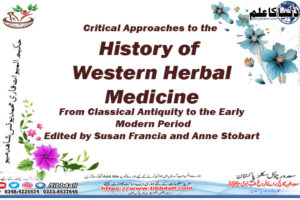
foreword
The history of herbal medicine, until the eighteenth century, is largely history.
of self-medication. Although herbs will be mixed with animal parts and minerals,
Most of the materia medica came from the plant kingdom, and herbs were for everyday use.
The use of metals and minerals in medicine was widely popularized by Paracelsus.
(1493-1541), who burned the books of Avicenna (c. 980-1037 CE), Galen

(c. 130-c.);
200 AD) and Hippocrates (c. 460-c. 357 BC) in the early sixteenth century. Very
Metals were toxic, but they were more likely to be used by doctors, and this was often the case.
He quipped that healthy patients—those able to afford a doctor—were more numerous.
The poor were more likely to die than those who could not. In many cases, treatment was high
is more dangerous than the disease and because the treatment involves arsenic, lead and mercury.
Salts, that’s not surprising. Some were so strict that it caused Samuel Hahnemann (1755-
1843) formulated homeopathy in 1790, but herbal medicine continued to spread throughout the world.
common and professional practice, and was probably safer. Many people consider this.
Still has to be the case.
Although there are many ‘herbs’, there are very few scholarly books.
Especially with many books on the history and history of herbal medicine
Medicine soon turned its efforts to the branch of study leading to modernity.
Medicine, i.e. the isolation of highly potent naturally occurring chemicals and
development of synthetic drugs. Aspirin, based on the active principle of meadowsweet
Sweet (Flippindula ulmaria) and willow bark (Salix spp.), first synthesized in 1897,
and Ehrlich’s preparation of the first fully synthetic chemotherapeutic drug orsphine
amine (Salvarsan), occurred in 1907. After that time, most texts ignore the progression.
Made in the study of herbal medicine, which means herbal medicine.
remained static, despite evidence that it was evolving and even experimented with.
Renaissance in the late twentieth and early twenty-first centuries.
New forms of traditional herbal medicine from China, India and elsewhere
Asia has been introduced to the West, and herbs have always come from foreign lands.
Formed part of the pharmacopoeia and assimilated in every country.
System of medicine, traditional and otherwise. Clinical studies have been conducted
Looked up some herbal remedies and found them to be effective, and herbal medicine is.
As relevant today as ever, has a special place in therapy, and
Especially the prevention of certain types of disease. Dietary treatment, always a
Medicinal herbs part, are also now very popular with consumers, and part formulation
From the innovative array of supplements available for patients to choose from. gave
The European Union is now supporting and funding the efficacy of scientific studies.
The mechanism of action of long-standing herbal medicines, and many of our current ones
Medicines were originally derived from plant medicines used in traditional ways.
One can hope – or even assume – that more will follow, which studies the
Preface xv
The history of herbal medicine is extremely relevant today, and this book explains how herbal
Medicine has been observed and studied over the years.
The history of herbal medicine has been described many times, but rarely in a
critical or scholarly method, and even more rarely using new and revised primary sources
These have been discussed by social, medical and other historians, medical scientists, herbalists.
Practitioners, linguists, anthropologists, ethnobotanists and even an archaeologist.
ethnopharmacologist. There is an analysis of his scholarly contributions and sources.
produced an interesting and reliable account of this long-neglected subject, which is
Unique in my experience. As the editors explain, the history of herbs is fragmented, and
They provide a way forward for the unity and regeneration of this branch.
A social and medical history that has been enthusiastically received. The story begins.
With early Greek medicine and the development towards medieval herbalism, with emphasis
on early modern midwifery manuals, as midwives were likely herbalists.
and ‘Difficulties of Women’ and their Remedies. New archival sources are also described,
Including trading and probate accounts. Some important sources of herbs
Annotated, including Dioscorides (c. 40-90 CE), writings related to William Turner.
(c. 1508–68) and John Parkinson (c. 1567–1650) as well as other important figures.
and their work. Finally, to the future: how ethnobotany can inform study.
A history of herbal medicine, which can then inform the future.
Ann Stobart and Susan Francia have gathered partners who have a
A wide range of expertise, and in many cases previously unknown to each other.
They certainly deserve congratulations, but they may have started something…
Elizabeth M. Williamson, BSc (Pharm), Ph.D., MR Pharms, FLS, Professor of Pharmacy,
University of Re

